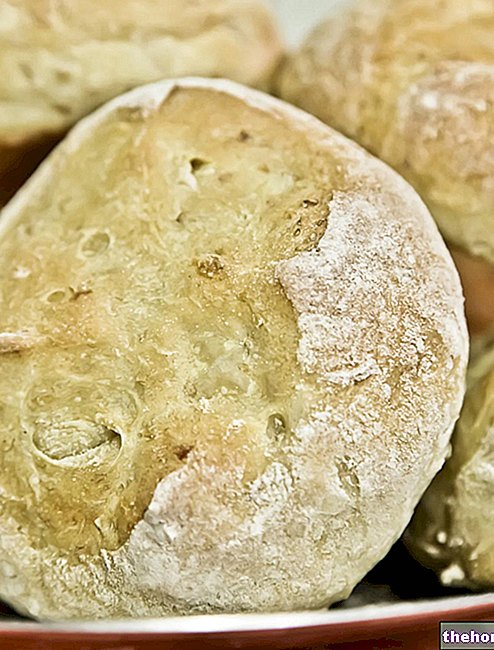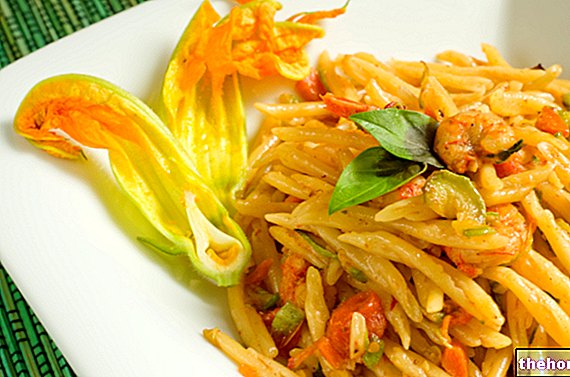Have you ever thought of preparing an ice cream without an ice cream maker and without a freezer? We will make a refrigerating mixture by applying chemistry to the kitchen: you know that, if we put the salt in contact with the ice, a reaction is created that favors the melting of the ice and the melting of the salt. The result? The ice temperature continues to drop until it reaches -21 ° C. The experiment will leave everyone speechless, we bet?
Video of the Recipe
Problems with playing the video? Reload the video from youtube.
Identity Card of the Recipe
- 337 KCal Calories per serving
-
Ingrediants
For the cream ice cream
- 60 ml of fresh cream
- 190 ml of pasteurized whole milk
- Vanilla essence
- 50 g of powdered sugar
For the refrigerating mixture
- 300 g of ice
- 100 g of coarse salt
Materials Needed
- Small resealable freezer bags (20 x 15 cm)
- Large resealable freezer bags (27 x 25 cm)
- Scale weighs food
- Pot holders or tea towels
Preparation
- First, devote yourself to preparing the mixture. In a small, resealable freezer bag, pour the milk, cream, vanilla flavor and icing sugar.
- Close the bag with the special zipper, taking care to eliminate excess air. Mix the contents by shaking the bag.
Did you know that
Any type of mixture can be used to prepare the “ice cream in the bag”. Usually, more refined ingredients are also used (e.g. dextrose, inulin) and the mixture must first be pasteurized then left to cool: in this case, we suggest using icing sugar (immediately soluble in liquids) and avoiding the pasteurization steps and rest.- Prepare the refrigeration mixture. In the largest bag, collect the ice and add the salt. Place the small bag (with the mixture) in the larger bag: the ice must completely envelop the smaller bag. Close the larger bag with the zip. Wearing kitchen pot holders or wrapping your hands with a cloth, shake the two bags vigorously for at least 10 minutes.
The chemical explanation
Mixed, ice and salt form a mixture called "eutectic" in which a physicochemical reaction takes place: the salt liquefies the ice, gradually forming a liquid phase whose temperature is lower than that of the individual components.
How does this reaction translate?
To allow the salt to transform the ice into water (melting), the system requires heat from the environment: for this, the ice continues to melt until it reaches a temperature of -21 ° C (we speak of "eutectic temperature, or a mixture of substances in which the melting point is lower than that of the single substances that constitute it ").
When the ice has completely transformed into water, the temperature begins to rise until it reaches the ambient temperature.- At the end of 10 minutes, the mixture should have set: if not, make another refrigerating mixture with more ice and salt.
- Portion the ice cream and serve immediately.
Alice's comment - PersonalCooker
What we have obtained today seems to be the result of the most recent discoveries, when in reality it is a chemical-physical process widely used in the past! In fact, my grandmother's ice cream makers worked just like that, adding salt to the ice! You can make a thousand other flavors of ice cream always adopting the same, interesting, technique!Nutritional values and Health Comment on the recipe
Ice Cream in a Bag is a recipe that falls into the dessert group.
It has a high energy intake and calories are mainly provided by carbohydrates, followed by lipids and finally by proteins.
Carbohydrates are mainly simple, saturated fatty acids and peptides of high biological value.
Cholesterol is significant and fiber is absent.
Ice Cream in a Bag is a food not recommended in case of overweight, type 2 diabetes mellitus, hypertriglyceridemia and hypercholesterolemia.
Contains lactose and should not be eaten by milk sugar intolerant.
It does not contain gluten and instead lends itself to the diet for celiac disease.
It is excluded from the vegan philosophy, but not from the vegetarian one.
The average portion is about 30 g (100 kcal).




























